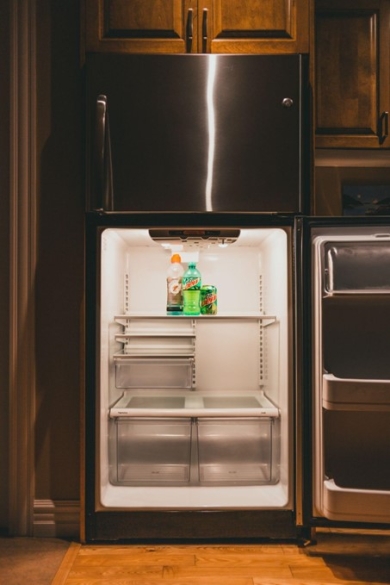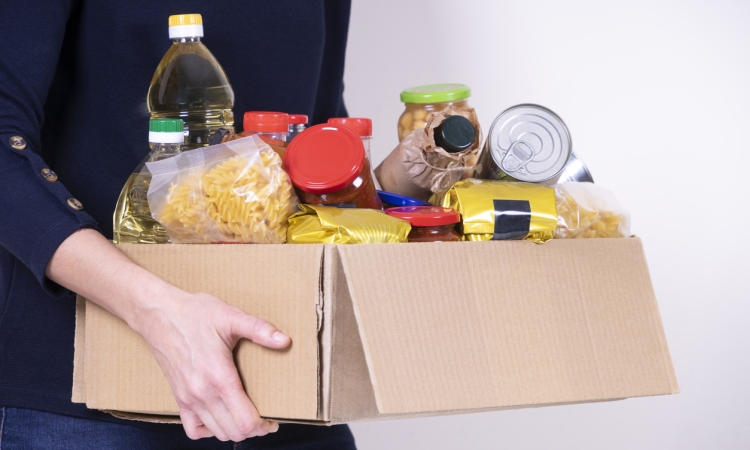When you’re moving, there so many variables that you have to remember – and some of them are easier to forget than others. One thing that may slip from your mind while you’re moving is the food in your kitchen.
The goal is to waste as little food as possible, but how can you make that happen? Here are steps you can follow to minimize food waste during your move and keep your schedule flowing smoothly.
Step 1: Inspect what you have
If you’re not sure what you have in the house, you can’t make a plan for your food – so you have to know what you’re working with. Make an inventory of everything in your pantry, fridge, freezer, cupboards, and even the basement. Keep a log of everything or take photos to review later. Make sure not only to write down the type of food you find, but the quantity as well.
Step 2: Throw out what’s bad
It’s likely that you’ll find some expired items as you move through your inventory process. If and when that happens, put them aside to dispose of properly. It’s not worth saving expired food, the safest route is to just toss what’s no longer fresh.
Step 3: Make a plan
Now, it’s time to decide what you want to do with your food before you make the move. Here are the options you have:
- Use it up
- Give it away/donate it
- Pack it up and move it
- Recycle it
Step 4: The perishables
 After you’ve thrown away everything that’s gone bad, it’s time to use up what’s still good but won’t be for long. This is the best way to eliminate as much food waste as you can, and save some money while you do it.
After you’ve thrown away everything that’s gone bad, it’s time to use up what’s still good but won’t be for long. This is the best way to eliminate as much food waste as you can, and save some money while you do it.
Here’s how you can use up what you’ve got:
- Limit your grocery store trips or only buy what you know you’ll consume before moving
- Concentrate on making meals out of the perishable items that you have
- Find a time to cook leftover food supplies instead of ordering in
- Encourage your family to come up with ideas on how to use the food
- Set aside time to make snacks/meals for moving day with the food you have
Perishable items are typically difficult to donate, so the best option is to use them the best way you can.
If there’s no way you can use up all of your perishable items, you still have options. Ask your friends, neighbors, or nearby family members if they could use the supplies you can’t find a purpose for.
In many cases, especially when you’re moving to a different state, you’ll spend more money packing up and transporting food than you would buying new when you arrive at your destination. Keep that in mind if you find yourself unable to part with your stock.
Step 5: Donation
If you find yourself left with non-perishable items as moving day approaches, you can always donate it. This is a win/win scenario: you are helping families in need and strengthening your community while lightening your load in preparation to move.
Step 6: Packing what’s left
If you have any food left after steps 1-5, you’ll need to know how to pack it. Use these packing tips for the food you’re taking to your new home:
- Pack canned goods in small cardboard boxes so they don’t get too heavy to carry, or use plastic storage bins.
- Tape up the openings of dry food products like flour, rice, pasta, and sugar. You can then pack them in resealable Ziploc bags, then in small/medium moving boxes.
- Wrap all glass containers in soft packing paper and tape up the bundles, then pack them in thick cardboard boxes.
- If you must take refrigerated or frozen items, make sure to transport them in coolers.
Moving your food
Perishable foods and any open containers should not be moved by your moving company –you should transport those yourself. Find more information about what not to pack here.


